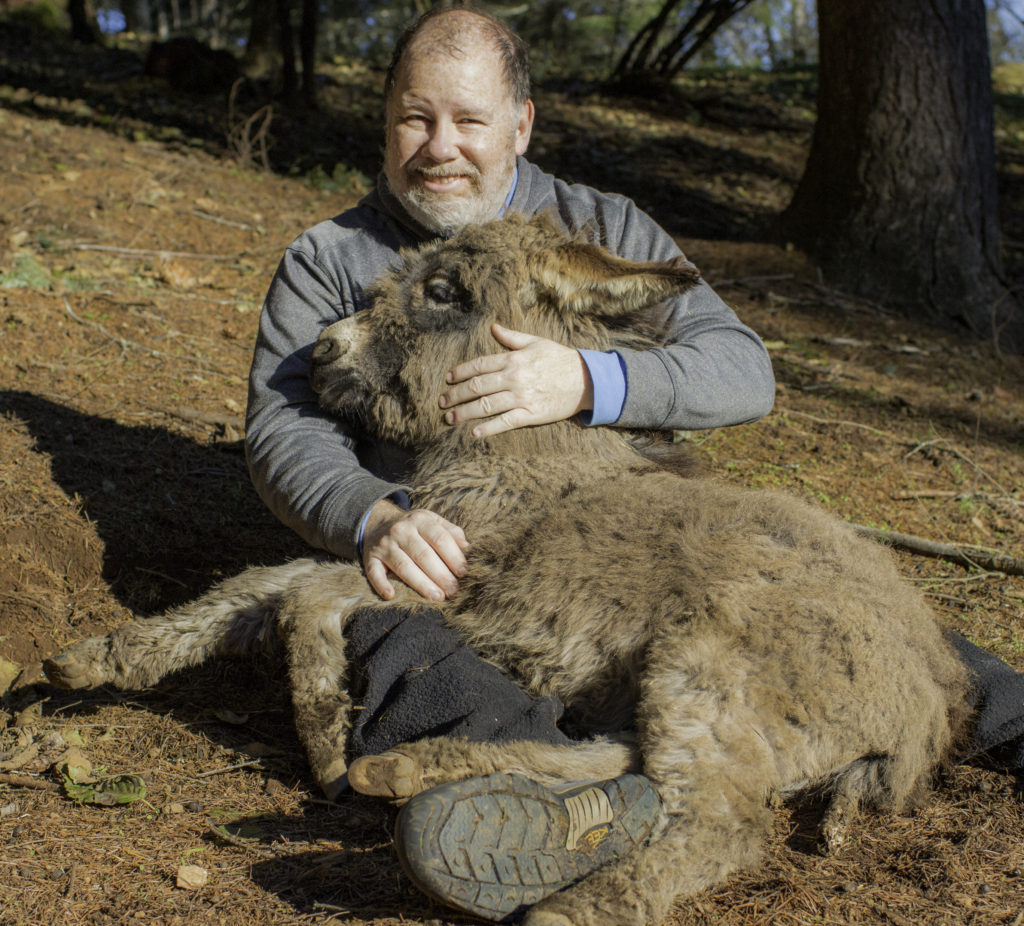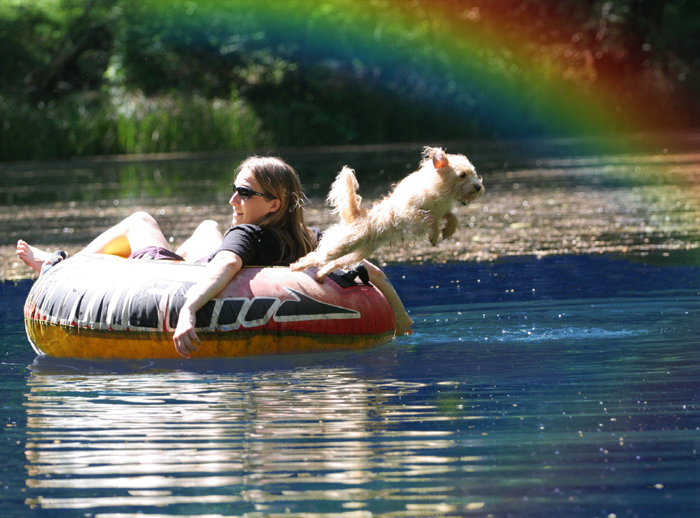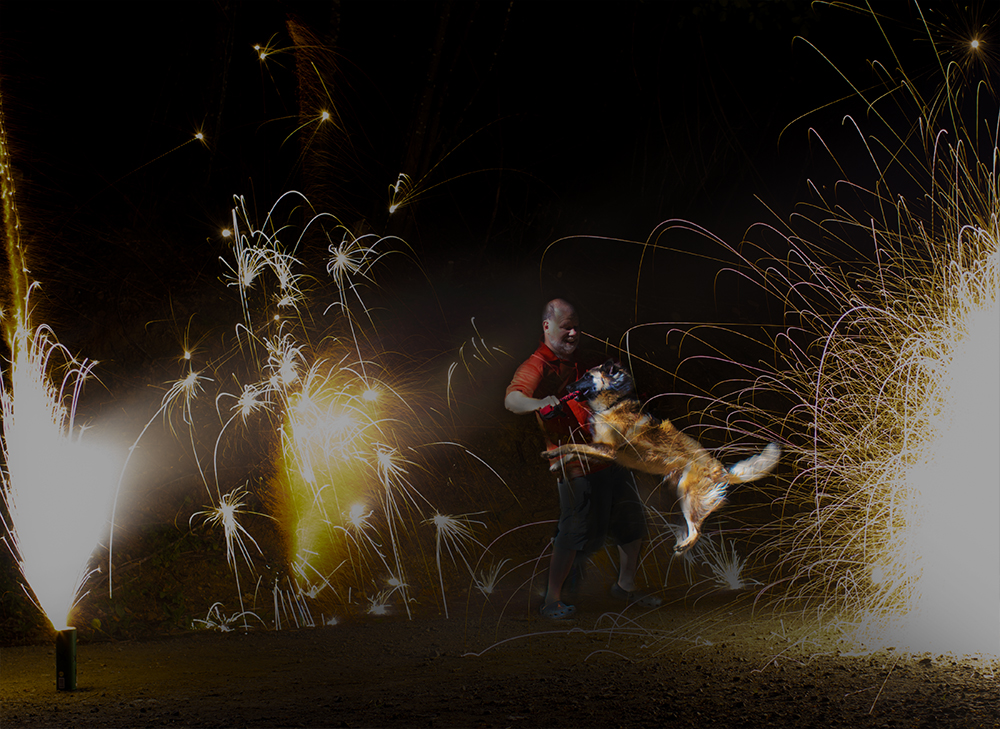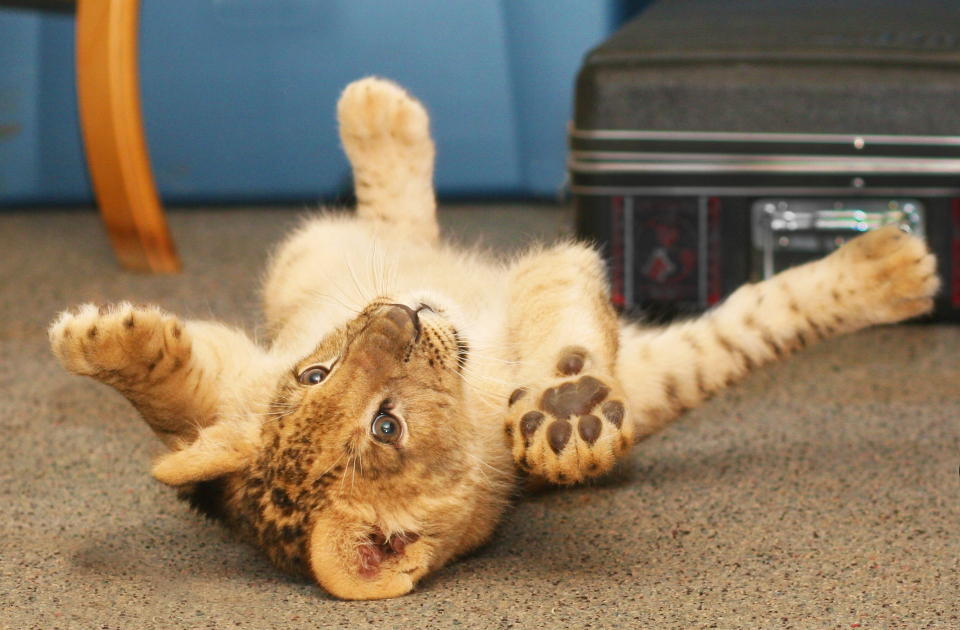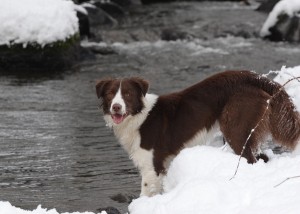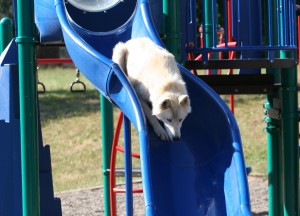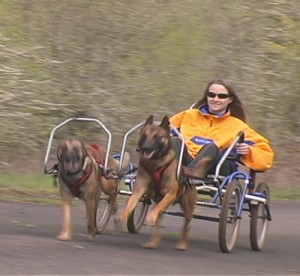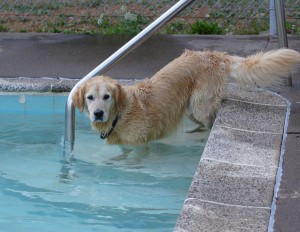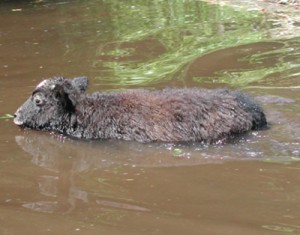There are many articles on the internet about neutering: pros, cons, optimal age, etc.… And there have been many interesting studies worth perusing, and considerable research about the physiological factors including joint issues and cancer. (I am not including links because this is an ongoing area of research and new studies appear regularly) I do not think there is a single correct, or incorrect, answer, but here are a few of my thoughts that may be helpful to anyone contemplating this question:
First, let me separate, absolutely, the question of neutering from breeding: I am going to assume that most of my readers are able to keep their dogs under their control and avoid unintended reproduction. If you are not able to keep your male dog from getting to females, or from wandering, or from fighting, you probably should not have a dog… And if you want to let your male play with intact bitches and not have to be extremely vigilant, you should neuter your dog.
The single biggest point I would make is that while this decision often feels huge and overwhelming, it ought not be: there are several important factors to consider, but the total differences between neutering at various ages, or not at all, are fairly minor. We have had many neutered dogs and many intact dogs, and their ability to work and do pretty much everything is similar. This decision is unlikely to make or break anything, and is quite low risk, so relax and quit worrying that you are going to make a “wrong” decision and catastrophically damage your dog! Research, discuss with your vet, make the best decision you can, and feel good about it…
That said, here are a few key points to consider:
In most cases, I advocate waiting until an individual is mature. Usually this means around two years old, but some individuals it might be a bit younger or older. The various roles hormones play in controlling, and stopping, growth, are important enough that, in general, I prefer to leave testicles until I am sure that vertical growth has stopped and maximal muscle development has occurred. I believe this ensures the greatest likelihood that the dog will be healthy later in life, and I also believe male hormones help them be more confident during puppyhood. I rarely neuter a dog before two or three years old, unless there is a compelling medical or behavioral reason to do so.
Many male dogs will develop prostatic hyperplasia later in life, and surgery on senior dogs is generally less advisable, so if I believe an individual dog is nearing the end of his physical prime, I often consider neutering before they are “too” old.
Neutering will not make your dog fat, but it may decrease his basal metabolism, so you absolutely do need to keep a close eye out for weight gain and adjust caloric intake as needed.
Neutering will not make your dog lazy, but it may decrease his energy levels slightly, so you absolutely do need to make sure he is still getting plenty of exercise.
Neutering will not make your dog magically stay home, but it may decrease his tendency to wander, but that should not be relied upon, and your dog should be securely contained when not under your immediate control.
Neutering will not make your dog magically unaggressive, but it may diminish certain types of aggression, but that should not be relied upon, and you should socialize, train, and manage your dog so he is not fighting with others.
Neutering may diminish marking, roaming, aggression, mounting, and other masculine behaviors to some degree, but generally will not once they are ingrained, so if you are seeing these behaviors more than seems normal in a young male dog, you may want to consider neutering before they are established habits. It does tend to be easier for neutered dogs to focus on their handler and be less distracted by odors and other stimuli.
Neutering likely will somewhat alter a dog’s coat and appearance. In general coats will become a bit softer and longer, and in general muscle mass and tone will become slightly less.
Early neutering (before physical maturity) will generally increase height and decrease muscularity and seems to often diminish breadth of skull.
While neutering is not a magic bullet for any behavior, I do feel compelled to articulate that if you and your dog are having problems around any of the above behaviors, neutering generally is worth considering–it may make enough of a difference that you and your dog can have a much happier life, so absolutely do discuss neutering with your vet–it is possibly a better alternative than other options.
So, think about all the variables, look at the most recent studies, talk to your vet, and make the best decision you can and then get back to focusing on the fun stuff with your puppy!


